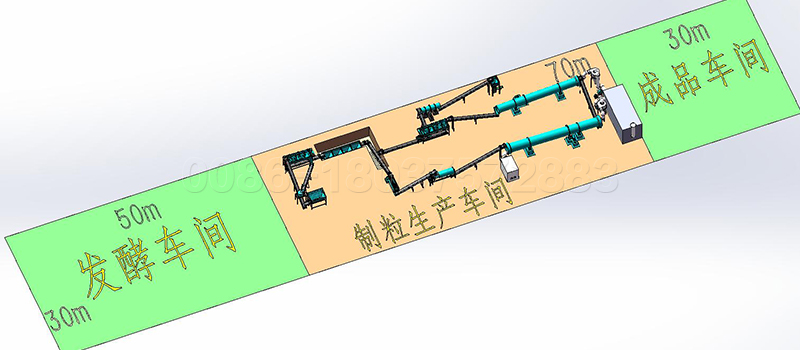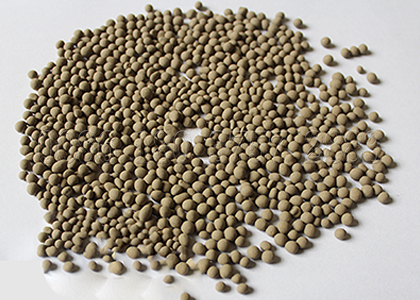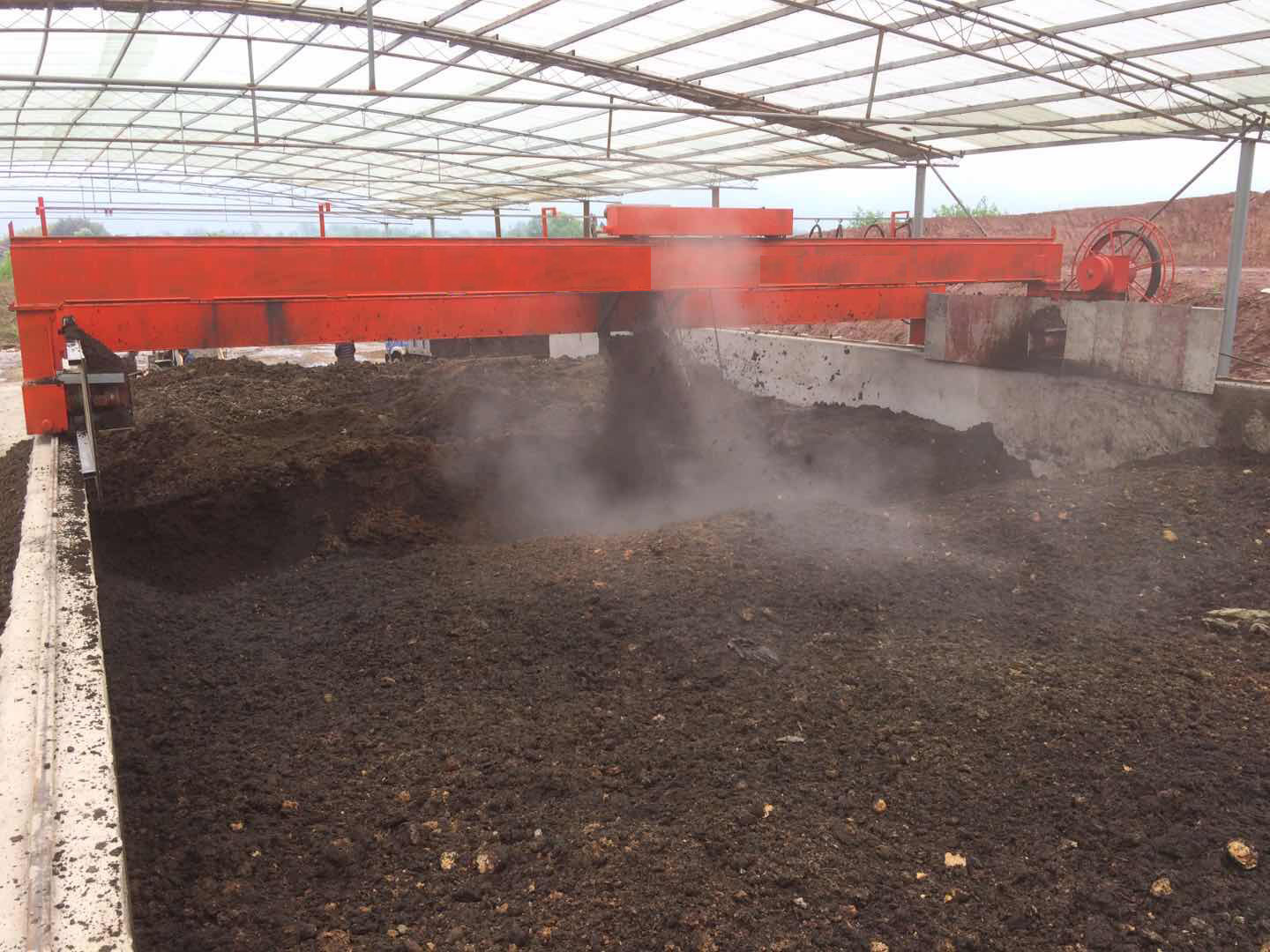Organic fertilizer is a kind of organic fertilizer made from poultry manure, combined with fermentation bacteria, straw and other auxiliary materials, using traditional fermentation methods or organic fertilizer production equipment.
For commercial organic fertilizers on the market, two more popular forms of finished organic fertilizers are powdered and granular. What is the processing technology of powdery organic fertilizer and granular organic fertilizer? Which is better?

How to make powder fertilizer? Here are machines and solutions for your reference:https://organicfertilizerplants.com/
Processing technology of granular organic fertilizer:
The equipment used for granular organic fertilizer processing and production include: fermentation dumper, pulverizer, fertilizer disc granulator, screening machine and packaging machine
The fermented fertilizer is crushed by a pulverizer, and then the organic fertilizer particles are produced by a disk fertilizer granulator.
The organic fertilizer particles are screened by a screening machine, dried, and finally transported to the discharge bin for packaging, weighing and sealing.
Processing technology of powdery organic fertilizer:
The production line of powdery organic fertilizer needs to purchase equipment: fermentation tipping machine, pulverizer, packaging machine, etc.
The advantages of powdery organic fertilizer are: less investment in production and manufacture;
It has better fusion with roots, wider diffusion range, faster root fertility effect and faster absorption
Disadvantages:
It is easy to raise dust, get damp and caking during construction.
Advantages of granular organic fertilizer
Some inorganic components can be added to fertilizer to improve fertility. It’s more convenient to apply.
two
Humic acid + fertilizer! what is it?
How to make organic fertilizer granules? Go to https://organicfertilizerplants.com/organic-fertilizer-granulation-machine/



